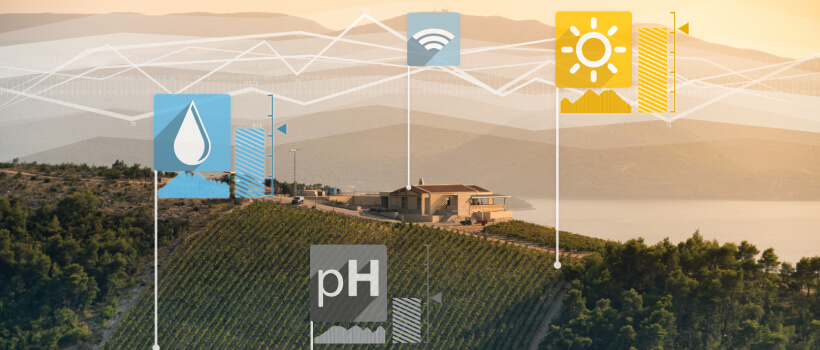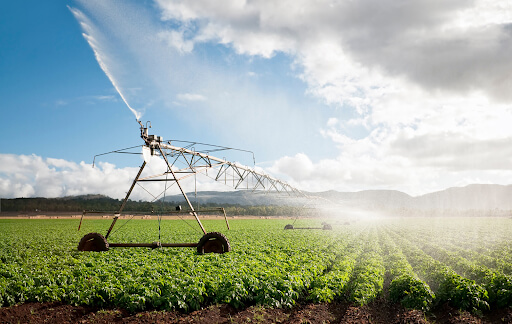 1-800-805-5783
1-800-805-5783 
Variable-Rate Technology (VRT) and Variable Rate Application (VRA) are integral components of modern precision agriculture, a farming management concept that uses technology to optimize returns on inputs while preserving resources. Precision agriculture strives to define a decision-support system for the entire agricultural industry, and VRT and VRA are central to that objective. They offer a solution to the age-old agricultural problem of variability within fields, enabling farmers to maximize efficiency and improve yields.
Variable-Rate Technology (VRT) is a system that allows machinery and equipment used in farming to work at varying rates. That means the rate of application of an input (such as fertilizer, seed, or pesticides) changes across a field to match the requirement of the crop at that specific location. This contrasts with a traditional ‘blanket’ approach, where the same amount of inputs is applied across the entire field.
Complementing VRT is the Variable Rate Application (VRA) of inputs. VRA refers to the application of different types and quantities of agricultural inputs according to the specific needs of a given area. This is achieved using GPS and GIS technology to map the field, sensors to measure variation in the field, and equipment capable of changing the rate of application on the fly. Together, VRT and VRA allow farmers to accurately apply the right type and amount of inputs to the right place at the right time.

Implementing VRT and VRA technologies requires investment in technology and training. Farmers need suitable equipment that can vary input rates as required, such as variable rate spreaders, sprayers, or planters. Additionally, they need GPS and GIS technology to map fields accurately, along with sensors to measure soil conditions and crop health.
They also need software that can interpret this data and make accurate recommendations for varying input application rates. Training is crucial for operators to understand and effectively utilize these technologies.
While the benefits of VRT and VRA are substantial, implementing these technologies does come with challenges. The cost of equipment and technology can be high, and there can be a steep learning curve for farmers unfamiliar with the technology. Connectivity issues in rural areas can also pose problems.
Despite these challenges, the future of VRT and VRA looks bright. As technology advances and becomes more affordable, more farmers are likely to adopt VRT and VRA. Furthermore, growing awareness of the need for sustainable farming practices is likely to drive further adoption of these technologies.
In conclusion, Variable-Rate Technology (VRT) and Variable Rate Application (VRA) represent a significant step forward in precision agriculture. These technologies allow farmers to optimize the use of resources, improve yields, and promote sustainability. With continued investment and development, they are set to transform the future of agriculture.